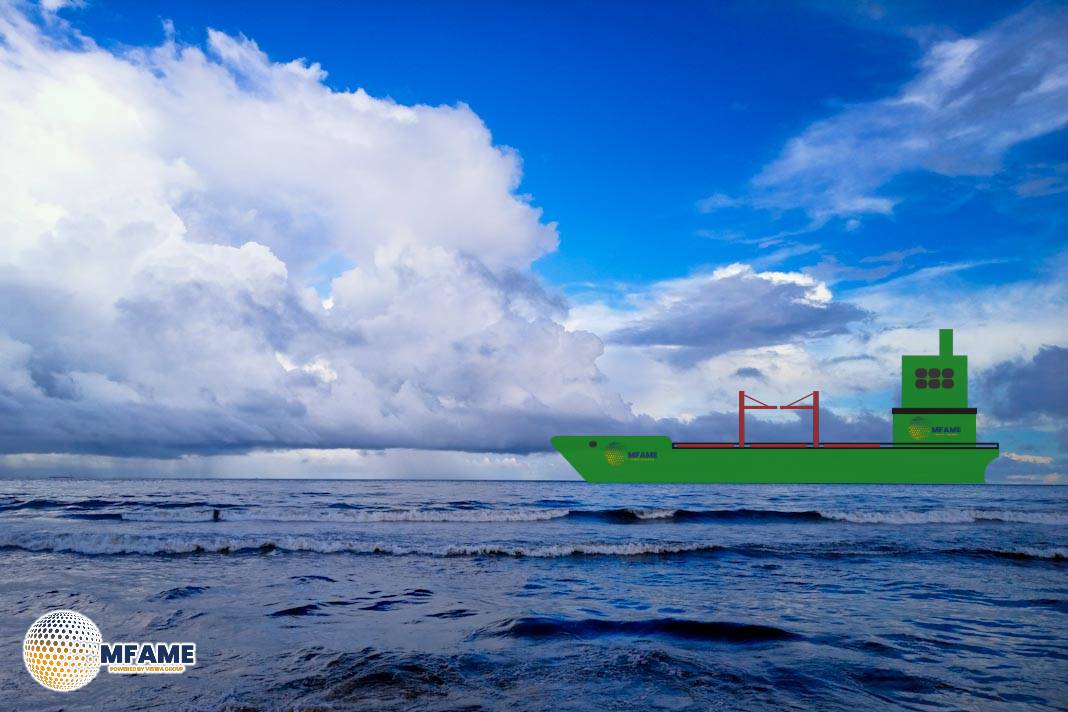The Coast Guard has identified a persistent safety issue related to fixed gas fire extinguishing systems on vessels. They have observed multiple instances where safety pins were inadvertently left in the service or maintenance position following system servicing performed by certified technicians. This critical oversight renders the fire extinguishing system unable to activate in the event of an emergency, posing a significant safety risk to the vessel and its crew, reports the US Coast Guard.
Key Findings
Most fixed gas fire extinguishing systems are equipped with two pins on their activation head. It is crucial to distinguish between these two pins:
- Safety Pin: As previously mentioned, this pin is designed to prevent accidental discharge of the system during transportation or maintenance procedures. For the fire suppression system to function correctly in an emergency, this safety pin must be removed.
- Retaining Cotter Pin: This pin serves a different purpose; it holds the system’s manual pull cable securely in place. It is essential to understand that the cotter pin must remain in place to ensure the manual operation of the fire extinguishing system is possible.
Vessel owners and operators are strongly urged to proactively familiarize themselves with the specific design and operational characteristics of their vessel’s fire suppression systems. Furthermore, it is imperative to verify that the system is fully functional and ready for operation before the vessel gets underway.
Key Findings from a Recent Incident:
- Date: February 2025
- System Type: Fireboy-Xintex MA2 Series System
- Vessel Type: Small passenger vessel
- The fixed-gas fire extinguishing system on this vessel, a Fireboy-Xintex MA2 Series, underwent servicing in compliance with 46 CFR 176.810(b)(2).
- Following the servicing, the safety pin was inadvertently left in place, which would have prevented the system from activating in the event of a fire.
- The manufacturer’s manual for this specific model (MA2 Series) clearly states that the safety pin must be inserted during the servicing procedure but must be removed upon completion. The manual advises either leaving the pin hanging or placing it in the designated holder affixed to the system
Recommendations Given
To mitigate the risk of fixed gas fire extinguishing systems failing to operate due to improperly placed safety pins, the Coast Guard strongly recommends that vessel owners and operators take the following actions:
- Review the owner’s manual: Thoroughly familiarize yourself with the owner’s manual specific to your vessel’s fire suppression system.
- Active involvement: Do not solely depend on service technicians. Take an active role during servicing to ensure your system is correctly maintained and ready for operation.
- Verify safety pin placement: Immediately after any maintenance is performed and critically, before the vessel gets underway, double-check that the safety pin has been properly removed (if applicable to your system for operation).
- Verify glass ampule integrity: Ensure that the glass ampule (if your system utilizes one for automatic activation) is intact and completely filled with liquid. If the ampule is empty, the system will not activate automatically.
- Seek immediate clarification: If you have any doubts or uncertainties regarding the operational status of your fire suppression system, contact your servicing provider without delay.
Did you subscribe to our daily Newsletter?
It’s Free Click here to Subscribe!
Source: US Coast Guard















